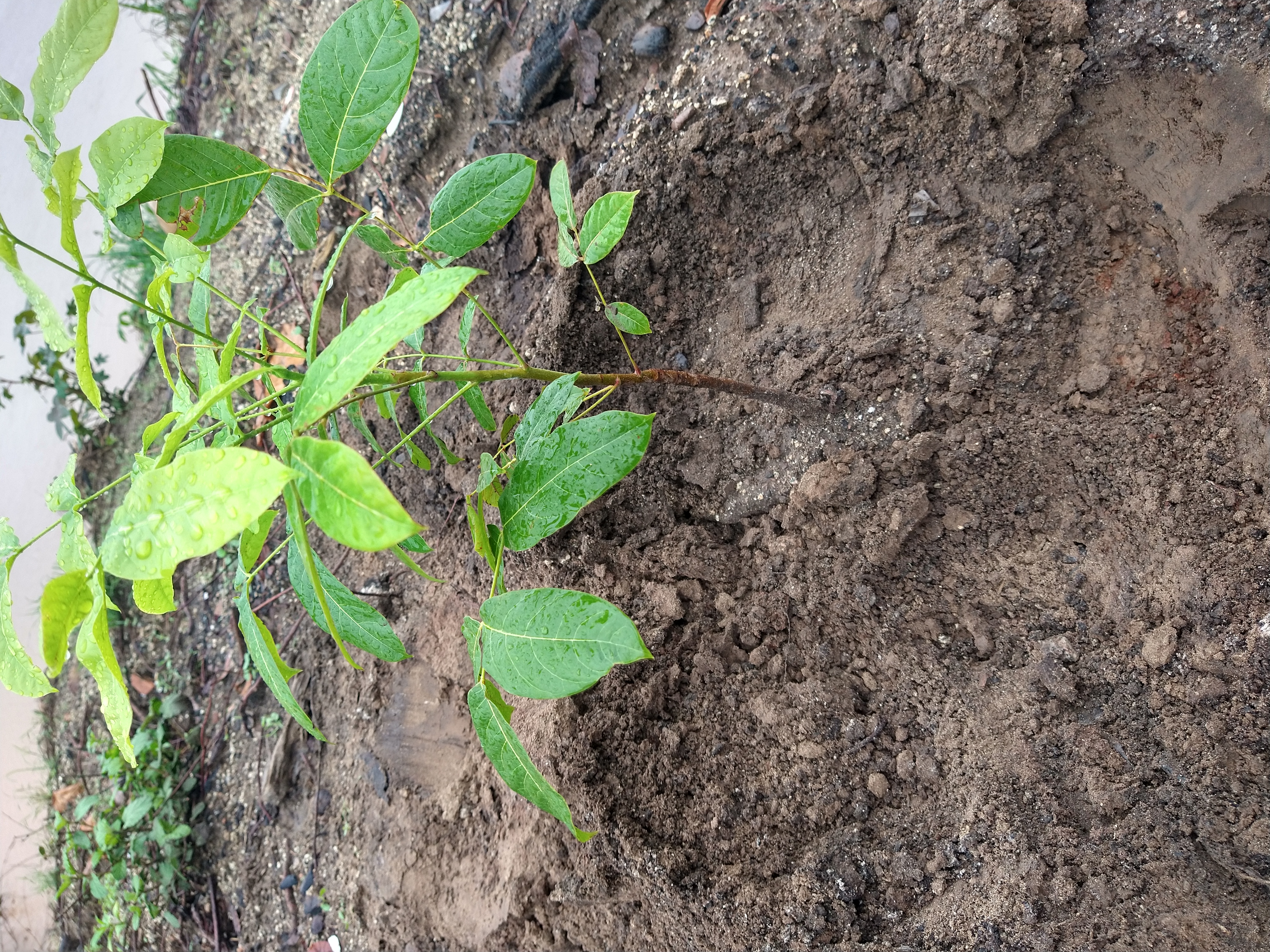Swietenia humilis on:
[Wikipedia]
[Google]
[Amazon]
''Swietenia humilis'' is a species of tree in the family Meliaceae. It is one of three species in the genus ''


Swietenia
''Swietenia'' is a genus of trees in the chinaberry family, Meliaceae. It occurs natively in the Neotropics, from southern Florida, the Caribbean, Mexico and Central America south to Bolivia. The genus is named for Dutch-Austrian physician Ge ...
'', all three of which are regarded as "genuine mahogany." At , it is one-fifth the height of ''S. mahagoni'' and one-sixth the height of ''S. macrophylla''. Its species name, ''humilis'', means "small" or "dwarfish".
Common names include Pacific Coast mahogany, ''caoba del Pacifico'', ''caoba del Honduras'', ''caobilla'', ''cobano'', ''gateado'', ''sopilocuahuilt'', ''venadillo'' and ''zapaton''. In the wood trades it is known as Honduras mahogany and Mexican mahogany
The tree has been over-exploited for its wood which is valuable for making furniture. The plant also is of interest as a possibly commercial source of seed oil and pharmacologically active compounds.

Distribution and habitat
It is found in the drier zones of the western Sierra Madre mountain range from Mexico through Guatemala, Belize, Honduras, and El Salvador. The distribution in Guatemala and Honduras bulges eastward from the Pacific Coast nearly to the Atlantic Ocean. In Honduras it also extends from the western Sierra Madre into the abutting northern Nicaraguan cordillera range. The northern half of the Pacific Coast of Costa Rica includes habitat. It is found at altitudes up to . Its habitat is both wet and dry deciduous forest, savanna, rough scrub, rocky hillsides and cultivated fields. The species having been over-exploited, surviving trees usually are scattered and isolated individuals. Large specimens are rare.International legal protection
The multilateral treaty CITES (the Convention on International Trade in Endangered Species of Wild Fauna and Flora) lists ''S. humilis'' in Appendix II (all parts and derivatives except seeds). It is also categorized in the IUCN (International Union for Conservation of Nature
The International Union for Conservation of Nature (IUCN; officially International Union for Conservation of Nature and Natural Resources) is an international organization working in the field of nature conservation and sustainable use of natu ...
) Red List of Threatened Species as Vulnerable (Version 2011.2).
Biologically active compounds
Poison
The bark and seeds possess an alkaloid reputed to be very poisonous. Extracts significantly inhibited the growth and feeding of third instar larvae of ''Tenebrio molitor'' (mealworms
Mealworms are the larval form of the yellow mealworm beetle, ''Tenebrio molitor'', a species of darkling beetle. Like all holometabolic insects, they go through four life stages: egg, larva, pupa, and adult. Larvae typically measure about or ...
). They also have shown effectiveness against larvae of '' Ostrinia nubilalis'', the European Corn borer, and '' Spodoptera frugiperda'', the Fall Armyworm.Perez-Rubio, V. Heredia, JB. Chaidez-Quiroz, C. Valdez-Torres, JB. Allende-Molar, R. Angulo-Escalante, MA. Physicochemical characterization and fatty acid content of ‘venadillo’ (Swietenia humilis Zucc.) seed oil. African Journal of Biotechnology. Vol 11, No 22 (2012).
Medicine
The seeds of ''S. humilis'' are used in traditional medicine to treat chest pains, coughs, cancer andamoebiasis
Amoebiasis, or amoebic dysentery, is an infection of the intestines caused by a parasitic amoeba '' Entamoeba histolytica''. Amoebiasis can be present with no, mild, or severe symptoms. Symptoms may include lethargy, loss of weight, colonic ...
, and for their anthelmintic
Anthelmintics or antihelminthics are a group of antiparasitic drugs that expel parasitic worms (helminths) and other internal parasites from the body by either stunning or killing them and without causing significant damage to the host. They may ...
properties. Pharmacological studies of the seeds and bark have been ongoing since the 1990s.\
Seed oil
Although the seed is poisonous, the tree shows promise as a source of seed oil with characteristics resembling those of avocado and sunflower oils. The seed germ yields about 45% of edible oil by mass. Of this yield, the fatty acid proportions are about 18% saturated (mainly palmitic and stearic), 30% monounsaturated (mainly oleic), and 48% polyunsaturated (mainly linoleic and linolenic). It also might be of commercial interest as a component of cosmetics and pesticides.
References
{{Taxonbar, from=Q1054467 humilis Trees of Costa Rica Trees of El Salvador Trees of Guatemala Trees of Honduras Trees of Mexico Trees of Nicaragua Vulnerable plants Taxonomy articles created by Polbot